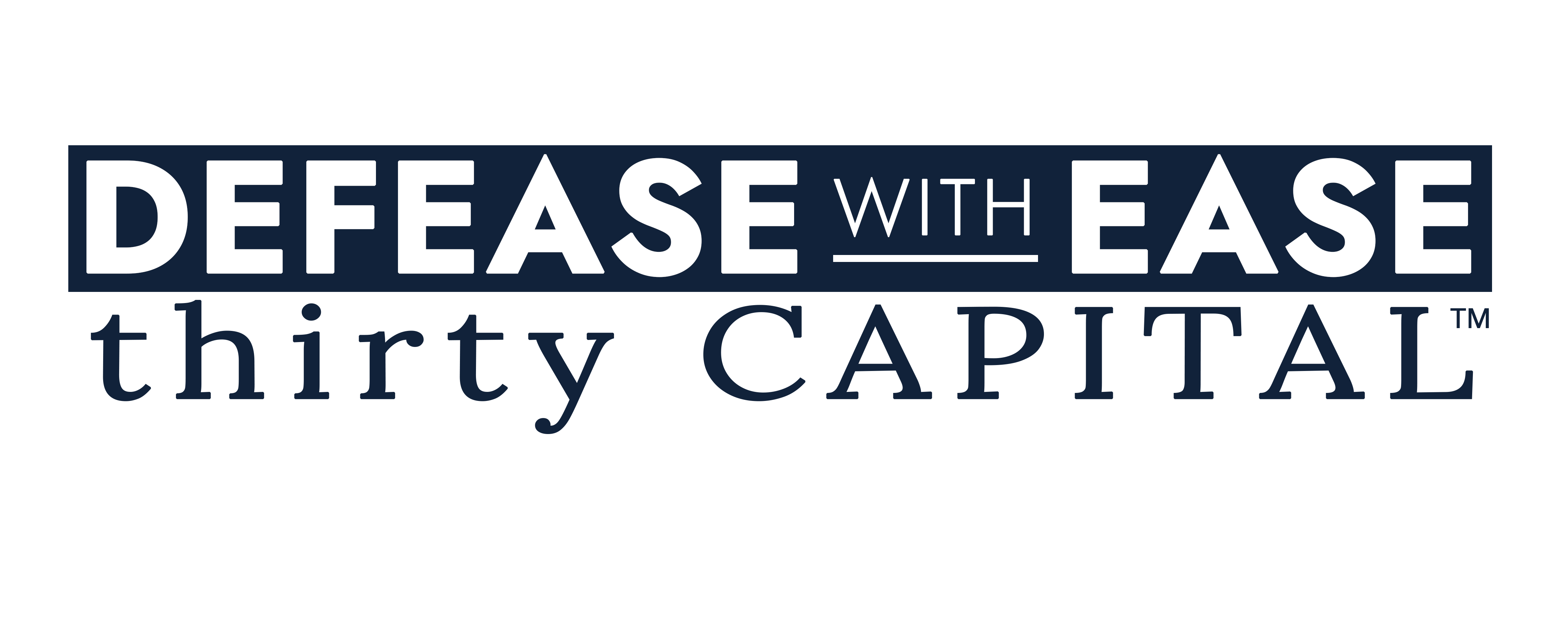In an environment defined by interest rate volatility, commercial real estate (CRE) operators are seeking new strategies to mitigate risk, enhance flexibility, and drive capital efficiency. One often-overlooked but highly effective tool is the forward-starting interest rate cap. When implemented strategically, this financial instrument can generate six-figure savings, offering a powerful hedge against rising rates while aligning with key refinancing, extension, and restructuring milestones.
This article explores the core mechanics of forward-starting rate caps, the market dynamics that impact pricing, and the strategic use cases for operators looking to improve their risk-adjusted returns.
Want to listen to the discussion? Click here to watch the 10-minute flash webinar recording.
Understanding Forward-Starting Rate Caps
A forward-starting rate cap is a derivative contract that provides interest rate protection beginning at a future date. Unlike traditional “spot” rate caps that offer immediate coverage, forward-starting caps are activated later—often six to twelve months out—aligning more precisely with expected loan events such as refinancing, interest rate resets, or maturity extensions.
Think of it as insurance purchased today for a risk that materializes in the future. The borrower pays a premium to limit exposure to interest rate increases beyond a defined strike rate during the covered period. By capping maximum interest payments, these products provide budget certainty and protection against market surprises.
The Case for Proactive Hedging
Too often, borrowers delay hedging decisions until refinancing or rate reset windows are imminent. But in volatile markets, such delays can be costly. As the market approaches a known event horizon like a loan maturity or rate reset, uncertainty and volatility typically increase. This leads to higher premiums for rate cap products.
Volatility premiums are driven by the market’s perception of future rate uncertainty. Any increase in rate volatility generally translates into more expensive caps, regardless of current spot rates. Additionally, compressing the timeline before execution places borrowers at the mercy of short-term market movements, reducing pricing power and strategic flexibility.
By acting early, borrowers can often capitalize on more favorable forward curves—especially in declining rate environments—to lock in rate protection at lower cost.
Market Trends and Forward Curves
Forward cap pricing is not based on current interest rates but on the expected rate environment during the future contract period. This distinction is critical. For instance, current SOFR (Secured Overnight Financing Rate) forward curves may reflect a declining rate environment into 2026 before a gradual rise.
In contrast, U.S. Treasury curves (used for fixed-rate debt instruments) may show an upward slope, underscoring the importance of evaluating rate caps through the appropriate benchmark. Understanding these forward curves allows operators to lock in forward cap pricing below anticipated spot prices.
 In a real-world example, a borrower who purchased a forward-starting cap in August 2024 for a February 2025 start locked in a strike rate of 3.89%. Had they waited to purchase in February, the same protection would have cost significantly more due to market movement, with the effective rate rising to 4.31%. That 42-basis-point difference equated to substantial savings over the hedge period. Learn more by exploring the case study.
In a real-world example, a borrower who purchased a forward-starting cap in August 2024 for a February 2025 start locked in a strike rate of 3.89%. Had they waited to purchase in February, the same protection would have cost significantly more due to market movement, with the effective rate rising to 4.31%. That 42-basis-point difference equated to substantial savings over the hedge period. Learn more by exploring the case study.
Strategic Alignment: Matching Risk with Structure
One of the most overlooked aspects of hedging strategy is aligning the cap coverage period with the actual risk window. Borrowers often default to purchasing three-year spot caps to match the loan term without considering when the risk truly materializes.
For instance, if an extension or reset clause is activated at month 12 or 18, a full-term cap starting today could result in unnecessary premium expense. A forward-starting cap beginning at the expected event horizon provides more precise coverage and a lower total cost of ownership.
When modeling options, it’s critical to compare more than just the upfront premium. Borrowers should evaluate:
- Strike rate
- Forward start date
- Coverage duration
- Total cost vs. potential interest savings
- Breakage flexibility (in the event of sale/refi)
This multi-dimensional approach enables borrowers to select the structure that best aligns with both cashflow and strategic intent.

Reducing Market Risk, Increasing Flexibility
At its core, hedging is about exchanging uncertainty for certainty. With a rate cap in place, borrowers know the maximum cost of capital, allowing for more confident budgeting, investor communications, and decision-making.
Forward-starting caps also offer optionality. If market conditions change, the cap can be unwound or sold—sometimes at a gain—providing liquidity and flexibility. This is especially valuable for dynamic portfolios where loan events shift or refinancing occurs earlier than expected.
Moreover, rate caps do not require full-term commitment. The hedge can be tailored to match the duration of the interest rate exposure (e.g., a one-year extension) without overpaying for unnecessary coverage.
Practical Use Cases for Forward Caps
Operators can leverage forward-starting rate caps across a range of scenarios:
- Loan Extensions: When a lender requires a cap as part of an extension agreement, forward-starting products can be pre-purchased to lower premium costs.
- Rate Resets: Preparing for rate adjustments in floating-rate debt structures.
- Refinancing Planning: Lock in protection for anticipated refinancing periods six to twelve months out.
- Bridge Loan Hedging: Align hedge start dates with projected takeout or conversion milestones.
- Budget Control: Provide certainty to investors and stakeholders on maximum interest exposure.
Delegating to Specialists: A Strategic Advantage
For many operators, debt strategy is not a core competency. Focus may be on property operations, lease-up, or investor relations, while hedging remains a lower priority until urgency sets in.
This is where advisory partners can provide measurable value. A knowledgeable hedging advisory team can model scenarios, evaluate cost-benefit tradeoffs, and ensure that products are structured to align with timing and exposure. This allows operators to stay focused on their operational priorities while ensuring that financial risk is proactively managed.
Key Takeaways
- Forward-starting rate caps provide targeted protection against interest rate volatility starting at a future date.
- Proactive execution can reduce cost by capturing lower forward curve pricing before volatility drives up premiums.
- Strategic alignment of coverage with loan events (e.g., reset, extension, refinance) minimizes overpayment and improves efficiency.
- Scenario modeling is essential to evaluating true savings versus premium cost.
- Advisory partnerships add value by enabling smarter hedging decisions and freeing operators to focus on execution.
In a time of uncertainty, forward-starting rate caps offer commercial real estate professionals a unique opportunity to de-risk their portfolios and improve financial outcomes. By understanding the mechanics, monitoring the forward curves, and acting ahead of key events, borrowers can unlock significant savings—and create the flexibility needed to navigate the path ahead.
Interested in exploring forward-starting rate caps for your portfolio? Contact our team of advisors today to get started.




